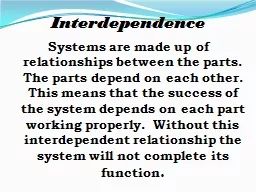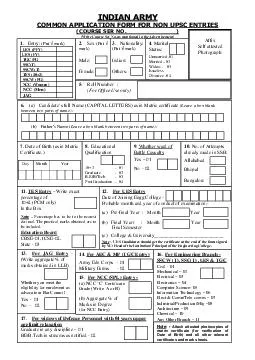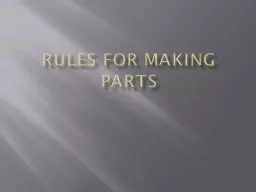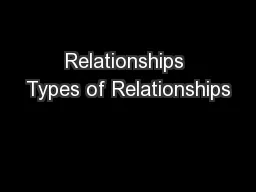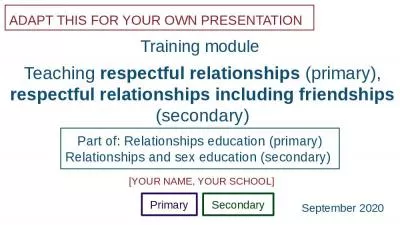PPT-Systems are made up of relationships between the parts. Th
Author : luanne-stotts | Published Date : 2016-08-10
Interdependence From space some of the lakes of the Great Lakes appear to be disconnected But ships can move from one lake to another How is this possible The states
Presentation Embed Code
Download Presentation
Download Presentation The PPT/PDF document "Systems are made up of relationships bet..." is the property of its rightful owner. Permission is granted to download and print the materials on this website for personal, non-commercial use only, and to display it on your personal computer provided you do not modify the materials and that you retain all copyright notices contained in the materials. By downloading content from our website, you accept the terms of this agreement.
Systems are made up of relationships between the parts. Th: Transcript
Download Rules Of Document
"Systems are made up of relationships between the parts. Th"The content belongs to its owner. You may download and print it for personal use, without modification, and keep all copyright notices. By downloading, you agree to these terms.
Related Documents

